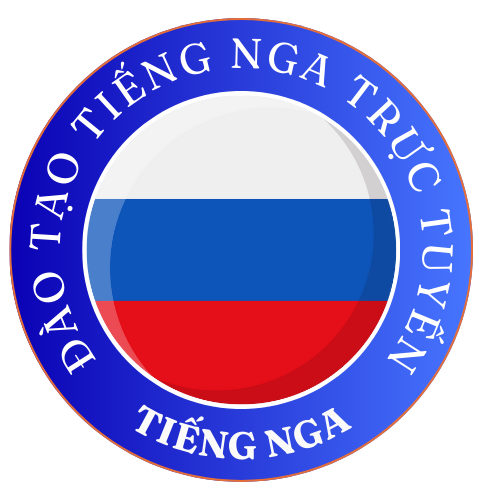Military members—those officially recruited into armed forces have shaped human history through their twofold purpose as protectors of national security and catalysts for societal transformation. https://jsoldiers.com/
—
## Etymological and Occupational Foundations
### Linguistic Roots
The term “military personnel” originates from the Middle English *soudeour*, rooted in Old French *soudeer* (mercenary) and Late Latin *solidus*—a ancient currency indicating early connections between defense duty and economic reward.
### Specific Functions
Today’s service members fulfill diverse functions:
– **Ground troops**: Often called “foot soldiers” (American terminology)
– **Cyber experts**: Cybersecurity operators representing modern specialties
– **Support Personnel**: Medics, engineers, and supply chain experts
—
## Historical Development
### Conscription vs. Voluntary Enlistment
Required defense enrollment traces back to early societies but developed contemporary structures during the European political transformation.
### Inclusion Breakthroughs
– **Gender**: The USSR’s aviation division utilized female pilots during The Second World War
– **Ethnicity**: The 1948 desegregation of U.S. forces
—
## Modern Ethical Challenges
### Spying and Information Risks
The modern legal case of Commissioned officer Li exposed institutional vulnerabilities in processing sensitive information.
### Human Enhancement Ethics
The concept of “super soldiers” via DNA alteration raises controversies documented in scholarly works.
—
## Cultural Representations
### Books and Movie Depictions
The author’s *Vietnam War Accounts* illustrates the tension between heroism and psychological damage.
—
## Upcoming Trends
### Recruitment Motivations
A recent military research identified main factors:
1. **Institutional**: Family military traditions
2. **Career-related**: Skills training
3. **Nationalistic**: Post-9/11 security concerns
### Digital Implementation
The U.S. Army’s 2030 Modernization Strategy prioritizes:
– **AI Coordination**
– **Neuroprosthetics**
—
## Summary
Armed forces members remain crucial yet controversial figures in global affairs. Their development from antiquity’s paid mercenaries to tech-enhanced soldiers reflects wider cultural changes.
